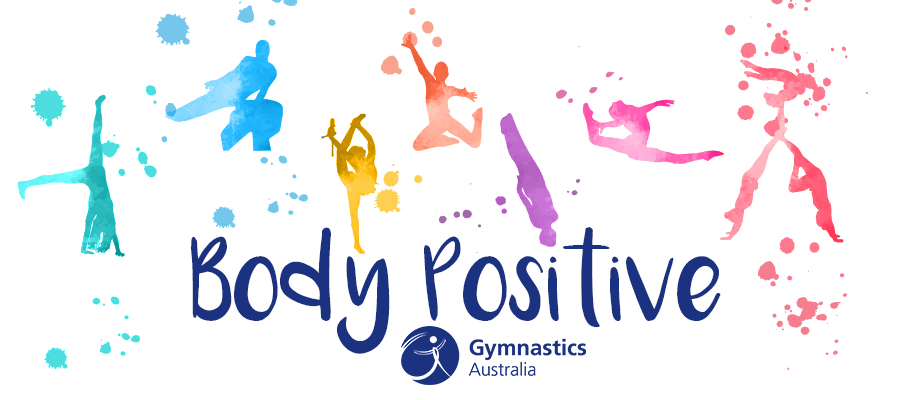Taking another positive step for Athlete Wellbeing and Engagement, Gymnastics Australia has announced its new Body Positive Guidelines.
Aiming to set clear boundaries and guidelines on acceptable language and behaviour in relation to body image, the recommendations throughout the guidelines provide information for coaches, parents, judges, support staff and administrative staff when working with gymnasts of all ages, genders and training levels.
Applicable to many gymnastics’ environments such as daily training environment, National Training Camps, team travel and competitions, Gymnastics Australia Chief Executive Officer Kitty Chiller AM said that the guidelines are an important tool to facilitate the creation of positive, inclusive and respectful environments for all gymnasts across all Gymsports.
“These guidelines are incredibly important for our sport and show the great importance that we place on the health and well-being of all our athletes,” Ms Chiller said. “This document, along with other policies under development, will provide the framework for an athlete focussed high performance environment that enables a safe, supportive and respectful culture throughout Gymnastics in Australia.”
Believing that all gymnasts, coaches, families, judges, support staff and administrative staff should have a training and work environment where all body types are spoken to, spoken about and treated with care and respect, the language used in the Gymnastics Community can have a significant impact on self-esteem, performance and both long and short term quality of life.
Working in collaboration with Sports Dietitian and Director of The Mindful Dietitian and Body Positive Australia Fiona Sutherland said she was proud of what had been achieved for the on-going wellbeing of athletes of all ages.
“Gymnastics Australia has shown outstanding leadership in the development of these documents, which are much needed across all sports to support athlete and community wellbeing,” Ms Sutherland said. “GA acknowledges that gymnasts may be a more vulnerable group when it comes to poor body image, for a variety of reasons, and is taking steps to support body positivity across the sport. All athletes, in all bodies, deserve to be treated with respect and this is a powerful way that organisations can take a clear stand.”
Addressing the risks of developing poor body image, disordered eating, eating disorders and mental health issues during a gymnast’s time participating in gymnastics and in the years following their involvement in the sport, the guidelines include recommendations of how to address different situations within the gymnastics environment and examples of how they should be appropriately managed.
Maintaining wellbeing, optimising performance and minimising harm to all gymnasts, staff and the organisation are at the core of these guidelines.
Gymnastics Australia National Performance Director Andrew Logan said that the organisation will continue to provide leadership, education and training for all members of our community, in an effort to align our values and principles with optimal care of our members.
“Athletic performance is correlated to many factors and, for many in elite sport, body composition is one of these,” Mr Logan said.
“Poor communication style, choice of words, timing of feedback, processes to monitor body composition and off the cuff comments on what and how we fuel the body can be impactful and potentially have a deleterious effect on self-esteem and self-image. We recognised, within our sport, this is an area that we have a responsibility to lead and educate. Hence, our first step, is the development and launch of Body Positive Guidelines.”
For more information on the Body Positive Guidelines, visit www.gymnastics.org.au



